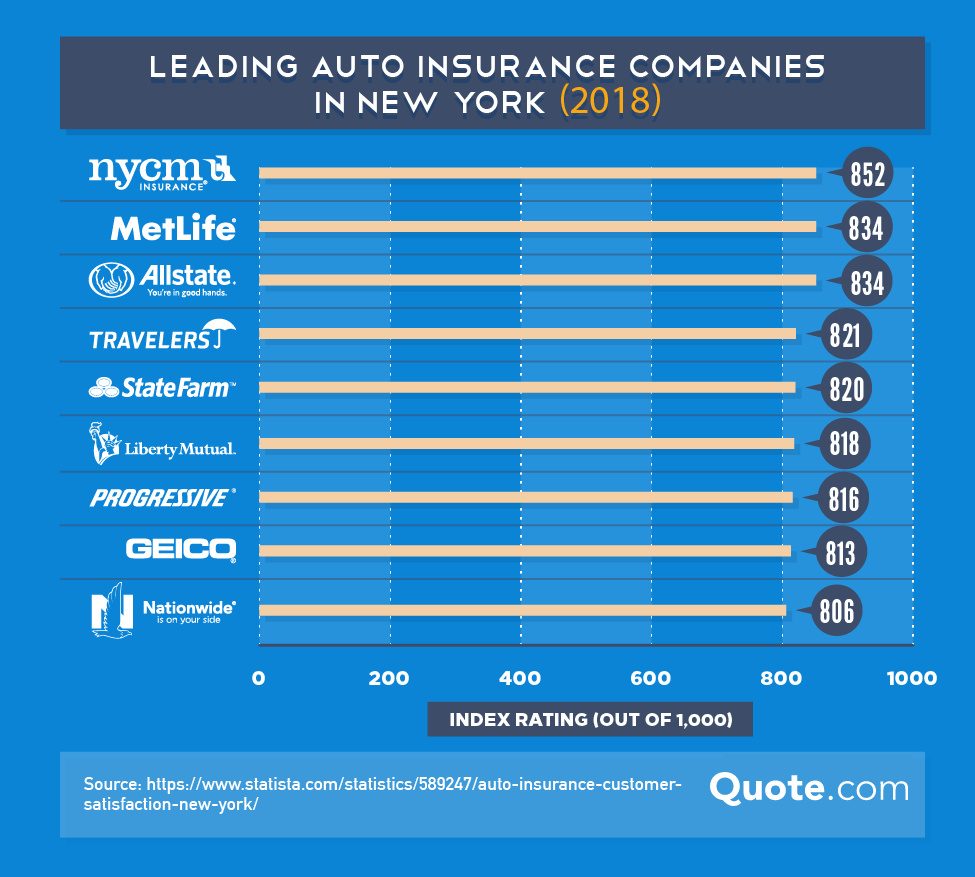Auto insurance is an important aspect of responsible vehicle possession, yet numerous people find it challenging to understand the different options available. Accidents, whether minor mishaps or serious collisions, can happen to anyone at any point in time. That's why having the suitable coverage is so vital. With the right auto insurance plan, you can protect yourself, your passengers, and your financial well-being in the event of an unforeseen incident.
Understanding the different types of car insurance coverage can help you make wise decisions customized to your individual needs. From liability coverage to comprehensive plans, each type serves a distinct purpose in safeguarding your belongings. This article will assist you through the essential considerations and options you should weigh when selecting the perfect car insurance plan, ensuring that you are well-equipped to handle whatever life presents your way.
Grasping Car Insurance Categories
Automobile coverage is essential for safeguarding your person and your car on the road. There are cheap car insurance near dallas, tx of coverage available, all designed to satisfy different needs and situations. The most common types include liability insurance, collision insurance, and comprehensive coverage. Liability insurance covers for damages or injuries you inflict to others in an accident, while collision coverage assists cover for repairs to your own vehicle after an accident, irrespective of who is at blame. Comprehensive insurance safeguards against non-collision incidents, such as stealing, vandalism, or natural disasters.
Another important form of auto insurance is personal injury protection and medical expense coverage. This insurance covers for medical expenses for you and your passengers after an accident, irrespective of who is to blame. PIP can also cover lost wages and other related costs, which makes it a essential option for those concerned about medical expenses following an accident. Some states require PIP insurance, while others offer it as an optional coverage.
Finally, uninsured and underinsured motorist coverage protects you in cases where the at-fault driver does not have coverage or does not possess adequate coverage to pay for the losses. This form of auto insurance is essential, as it guarantees that you are not left bearing the costs for fixes and health expenses due to someone else's negligence. When selecting auto coverage, it is important to consider these different coverage types to ensure you are adequately protected on the road.
Variables Influencing Insurance Costs
Numerous factors can substantially influence the amount of your auto insurance premiums. One of the primary factors is the kind of car you drive. Vehicles that are more expensive to fix or substitute will typically lead to higher insurance premiums. Additionally, cars with a higher likelihood of theft or those that lack safety options can result in higher insurance costs. Insurance companies typically analyze the risk associated with various makes and this can directly affect how much you spend.

Your driving history also has a vital role in affecting insurance fees. Drivers with clean histories, clear of accidents and road violations, are often offered with reduced premiums. Conversely, a track record of collisions or violations can indicate to insurance companies that you are a higher risk, resulting in higher rates. Frequent reviewing your operating practices and striving for safe operating can help keep your costs in control.
Another significant factor is your location. The region where you reside can influence your cost due to different risks. Urban settings tend to have higher levels of collisions and larceny compared to rural locations, which can lead to higher rates for motorists in urban areas. Additionally, factors such as local weather patterns, crime rates, and resident density all contribute to how many you might spend for car insurance in your specific region.
Tips for Choosing the Right Coverage
When selecting car insurance, you must evaluate your specific needs and situations. Think about factors such as your driving habits, the age and value of your vehicle, and how frequently you drive. As an illustration, if you have a new or expensive car, comprehensive and collision coverage may be beneficial. If you drive less frequently or own an older vehicle, you might opt for liability coverage only to save on premiums.
Another key consideration is understanding the various coverage types you can choose from. Get acquainted with terms like liability, collision, and uninsured motorist coverage. All of these plays a specific role in keeping safe you, your passengers, and your vehicle in specific situations. Review plans from different companies and look for any additional benefits available, such as roadside assistance or accident forgiveness, which might increase your coverage.
Ultimately, feel free to seek clarification and request help from insurance representatives. They can share information tailored to your situation and help clarify any unclear aspects of your policy options. Evaluating your coverage annually is also a good idea to confirm it still fits your requirements as circumstances change, like relocating, getting a new vehicle, or modifications in your financial situation.
